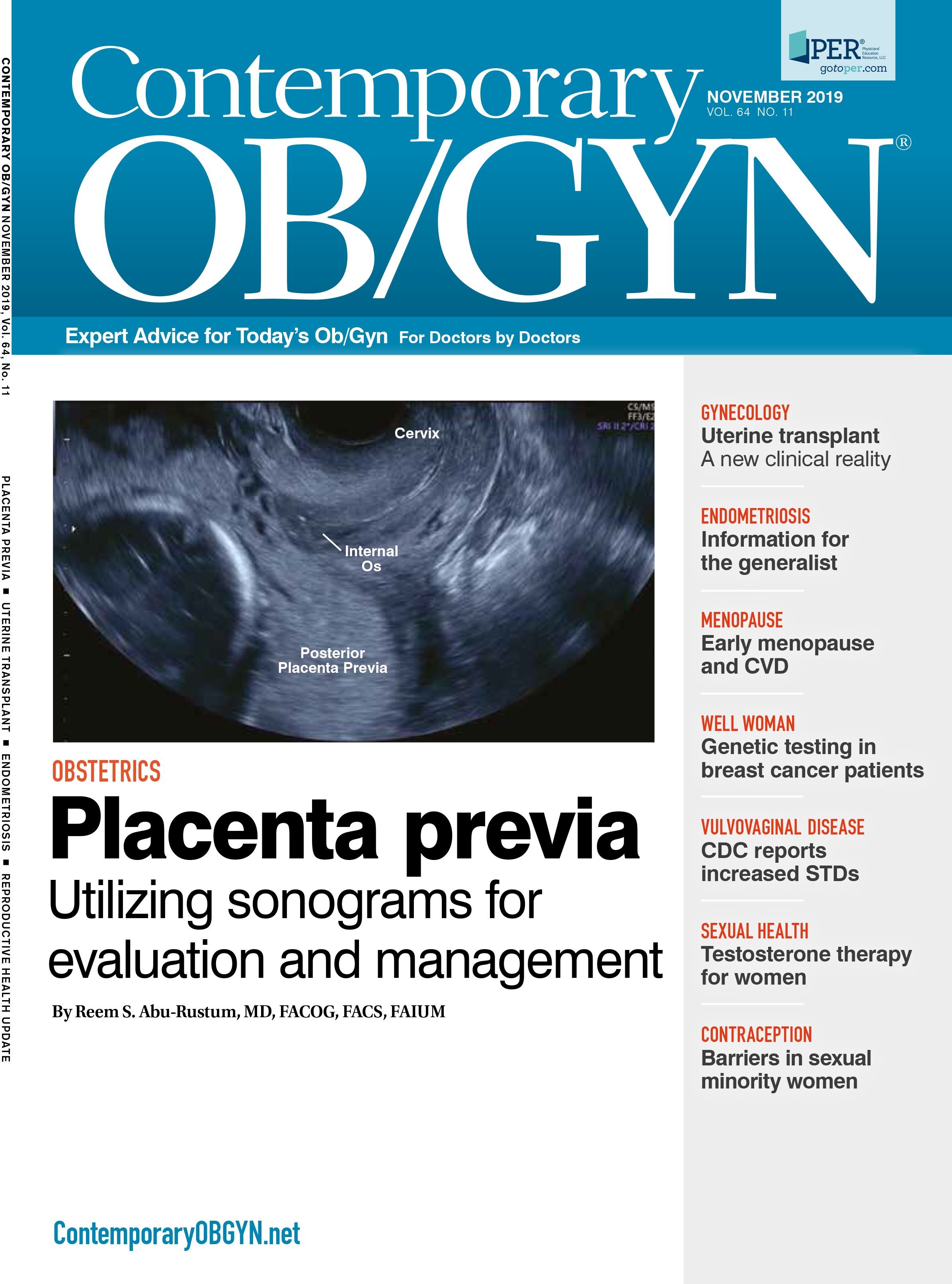STDs on increase in CDC report
A new report from the Centers for Disease Control and Prevention shows an alarming rise in incidence of sexual transmitted diseases in the United States.
©ibreakstock - stock.adobe.com

A new report from the Centers for Disease Control and Prevention shows an alarming rise in incidence of sexual transmitted diseases in the United States. In 2018, combined cases of syphilis, gonorrhea, and chlamydia hit an all-time high and cases of congenital syphilis increased 40%.
Sexually Transmitted Disease Surveillance 2018 shows that from 2017 to 2018 there were nearly 2.5 million combined cases reported of chlamydia, gonorrhea, and syphilis, and that:
- Cases of primary and secondary syphilis increased 14% to more than 35,000-the highest number reported since 1991.
- Gonorrhea increased 5% to more than 580,000 cases, also the highest number reported since 1991.
- Chlamydia increased 3% to more than 1.7 million cases, the most ever reported to CDC.
In women, CDC said, syphilis rates increased 30.4% during 2017-2018 and 172.7% during 2014-2018, suggesting a rapidly growing heterosexual epidemic. In 2018, the national rate for congenital syphilis cases was 33.1 per 100,000 births, or a 39.7% increase relative to 2017 and a 185.3% increase relative to 2014. The highest rates of congenital syphilis were reported in 2018 in the west and south, with increases of 49.5% in the south, 44.1% in the northeast, 30.5% in the midwest, and 29.3% in the west during 2017-2018.
Also during 2017-2018, the number of syphilitic stillbirths increased, from 64 to 78, as did the number of congenital syphilis-related infant deaths, from 13 to 16. The trends held true in all regions of the country and among all racial/Hispanic ethnicity groups.
Rates of gonorrhea hit a historic low in 2009 but have increased 82.6% since then. During 2017-2018, the overall rate of the disease increased 5.0%, in all regions of the country and among all racial/Hispanic ethnicity groups. From 2014 to 2018, rates of gonorrhea increased 37.2% to 145.8 cases per 100,000.
CDC noted that Chlamydia trachomatis is the most common notifiable condition in the United States, with more than 1.7 million cases in 2018, or an increase of 2.9% over 2017. Almost two-thirds of cases of chlamydia reported in 2018 were in individuals aged 15 to 24. Rates of chlamydia increased 1.3% and 0.8% in females aged 15 to 19 and 20 to 24, respectively. The case rate was highest among women in the south, at 744.2 cases per 100,000.
On the positive side, the CDC report indicated that prevalence of human papillomavirus decreased significantly from the pre-vaccine era (2003-2006) to 2011-2014 in women aged 14 to 19 and 20 to 24.

Link found between delayed prenatal care and congenital syphilis rates
August 7th 2024A study presented at the Infectious Disease Society for Obstetrics and Gynecology 2024 Annual Meeting found an increase of 4 days between diagnosis and treatment among pregnant patients with congenital syphilis vs those without congenital syphilis.
Read More
Reducing costs and increasing accessibility key to enhancing STI testing among youth
August 6th 2024A study presented at the Infectious Disease Society for Obstetrics and Gynecology 2024 Annual Meeting highlights the importance of affordability and convenience in boosting STI test uptake among adolescents and young adults.
Read More
